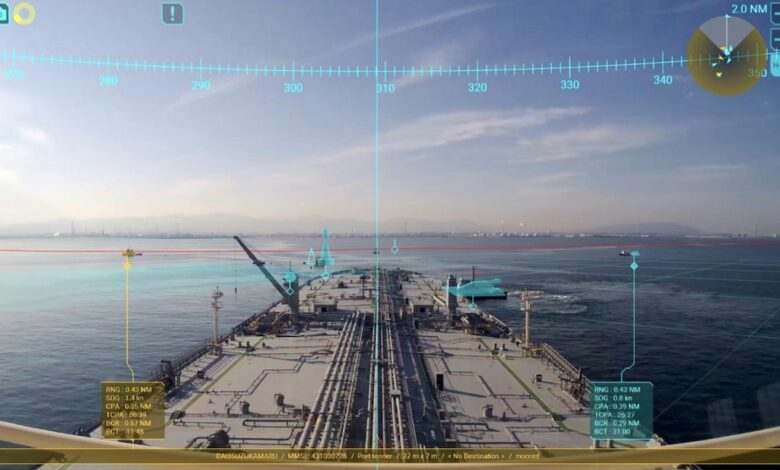Maritime’s investments in AI tipped to leap

In conjunction with launching a digital maritime readiness assessment tool yesterday, British class society Lloyd’s Register published a new maritime artificial intelligence report. Produced in collaboration with maritime innovation consultancy Thetius, the 40-page report, entitled Artificial Intelligence in Maritime – a learning curve, indicates that the maritime industry will spend $931m this year on artificial intelligence solutions. This is forecast to more than double in the next five years to $2.7bn as AI technology is more readily used in autonomous shipping, navigational support systems, and vessel performance optimisation solutions. The growing maritime interest in AI has not been lost on big names in tech with the likes of Google and Microsoft making shipping-related AI forays of late.
Andy McKeran, LR’s Maritime Performance Services business director, said: “Artificial Intelligence is a transformational technology that will allow maritime companies across the maritime asset value chain to not only get ahead of the market but accelerate their digital transformation and meet the challenges of the upcoming energy transition.”
LR’s new interactive Readiness Assessment tool, also launched yesterday, is designed to help maritime stakeholders evaluate their ability to manage the significant sustainability challenges facing the maritime industry by scoring their activities around the energy transition, digital transformation, efficiency and performance, cost saving, risk mitigation as well as their ability to make smart business decisions.
